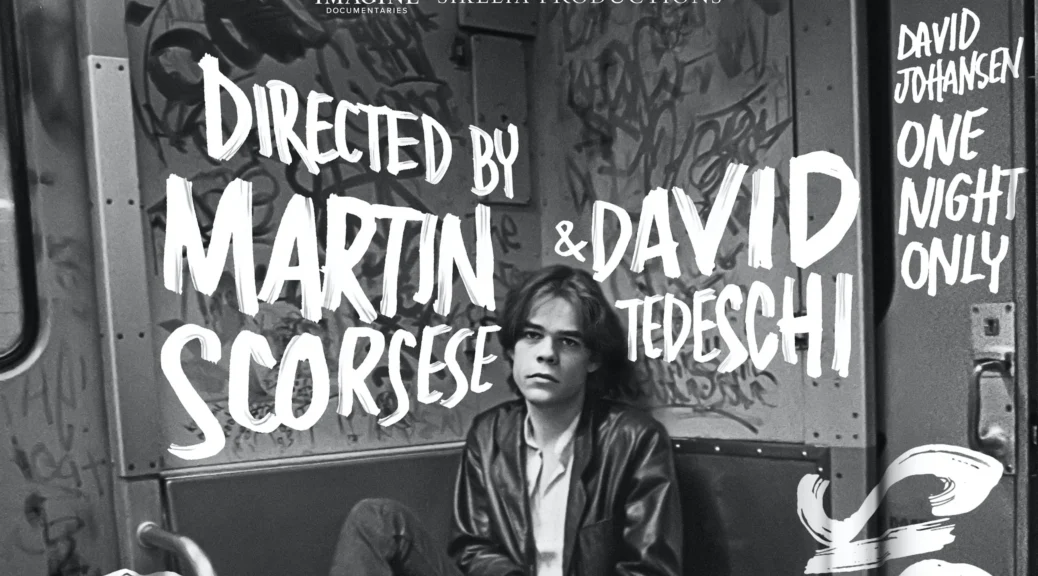Killers of the Flower Moon
by George Wolf
“Can you find the wolves in this picture?”
The question comes from a book on Osage Indian history that Ernest Burkhart is perusing, and it’s one that lingers throughout Martin Scorsese’s triumphant epic Killers of the Flower Moon.
After serving as a cook in WWI, Ernest (Leonardo DiCaprio) has come home to work for his uncle William “King” Hale (Robert De Niro) on an Oklahoma ranch. But while King is a wealthy powerbroker in the town of Fairfax, he laments that his “cattle money” is nothing next to the oil money of the Osage tribe, at that time the richest people per capita on the face of the Earth.
The Osage natives are worried, too, about the price of assimilation, the dangers that come with the comforts of wealth, and the white men eager to marry into their money.
King assigns Ernest a job driving for the reserved, pensive Mollie (Lily Gladstone). And when the couple marries, King calmly explains to Ernest how much closer the legal union puts them to the oil shares in Mollie’s family.
But Ernest has trouble “finding the wolves,” and as unsolved murders of the Osage people begin to mount, Ernest is drawn into a quagmire of lies and killings that eventually brings federal investigator Tom White (Jesse Plemons) and his team to Fairfax.
Scorsese and co-writer Eric Roth adapt David Grann’s nonfiction book with an engrossing mix of true crime fact-finding, slow burning thrills and devastating heartbreak. The characters are rich in culture and in shades of human grey, each one caught in an infamous crossfire of American envy, arrogance, bigotry and greed.
Expect multiple notices in the coming awards season.
Editing from three time Oscar-winner Thelma Schoonmaker is subtle and patient, every frame buoyed by a mesmerizing, evocative score that is sure to land the legendary Robbie Robertson posthumous nominations, right beside those of an acting ensemble that is don’t-forget-to-breathe tremendous.
De Niro makes King a scheming sociopath hiding in plain sight, with his kindest words saved for those he is most gaslighting. DiCaprio has never been better, as the simple Ernest’s journey from war hero to murder suspect is both a singular character study and a broad personification of confident ignorance.
Every member of the cast, from familiar faces such as Plemons, John Lithgow and Brendan Fraser to lesser known actors like Jason Isbell, Cara Jade Myers and William Belleau, brings limited roles to wonderfully realized fruition.
But it is Lily Gladstone who carries the very soul of this film. Mollie is a woman very aware of the daggers that are out for her people. She wants desperately to trust in her husband and their future, and the deeply held emotion that Gladstone (Certain Woman, First Cow) is able to communicate – often with her eyes alone – is a masterful thing to behold.
Scorsese and cinematographer Rodrigo Prieto (Barbie, The Irishman, Brokeback Mountain, Silence) find beauty in the expanse of the landscape, intimacy in moments of violence and betrayal, and a purposeful sense of history in the way numerous snapshots are held for an extra beat.
Still, not one moment of the film’s three hours and twenty-six minutes feels like filler. This is majestic, vital storytelling, from a legendary filmmaker who has not lost the drive to push himself. Beyond his clickbait comments about superhero franchises, here is proof that Scorsese still finds plenty on the big screen that inspires him.
He has given credit to Ari Aster for Flower Moon‘s committed pacing, while the film’s surprising finale feels directly influenced by Spike Lee’s success with connecting past and present via bold and challenging choices.
Like Lee, Scorsese is out to document American history while pointing out why so many look to bury it. The correct answer isn’t that there are no wolves in the picture, and Killers of the Flower Moon is a searing reminder that we can’t move forward together until we’re brave enough to confront where we’ve been.












